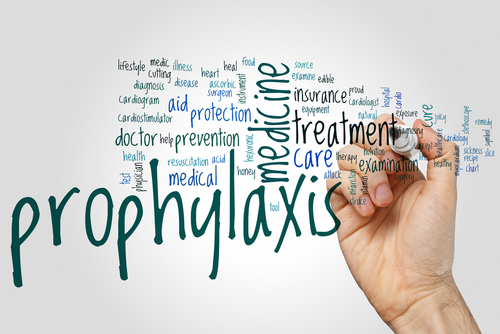Researchers Review Guidelines on Primary Prophylaxis in Hemophiliac Children

Recent studies have addressed the importance of preventive, or prophylatic, treatment in severe cases of hemophilia, and its long-term benefits for children. The results may help establish guidelines and treatment recommendations leading to improved care for such kids.
Both the World Health Organization and the World Federation of Hemophilia urge preventive treatment at an early age. In addition, the Scientific and Standardization Committee of the International Society on Thrombosis and Haemostasis has proposed that primary prophylaxis should be a continuous therapy starting after the first joint bleed and/or before a child’s third birthday.
However, experts have still not established a definition of “prophylaxis” and major questions regarding prophylactic treatment regimens in children still loom, such as when to start primary prophylaxis, how much and how frequently to dose, and whether primary prophylaxis should be continued into adulthood.
A Dutch-Swedish team intended to find answers to these key questions. Their review, “Primary prophylaxis in haemophilia care: Guideline update 2016,” recently appeared in Blood Cells, Molecules and Diseases,
Many studies have shown that early treatment of children with hemophilia — before the age of 3 and even before reports of joint bleeds — can be beneficial and prevent long-term joint damage, or arthropathy.
Primary prophylaxis treatment regimen, prophylactic dose and dosage interval should be adapted to each patient. Indeed, physicians and caregivers should consider not only the aim of the treatment but also the patient’s clinical characteristics during treatment decision.
“For children, the effectiveness of prophylaxis is more dependent on maintaining minimum trough levels than in adults,” the study’s authors wrote.
New extended half-life clotting factor concentrates have been engineered to be more stable for longer periods of time than standard concentrates. This has become a promising treatment strategy for both hemophilia A and B patients, though it is not clear whether or how it will change the guidelines for primary prophylactic treatments.
“The decreased clearance and extended half-life with these products offers a new possibility to individualize treatment,” the authors wrote. “Many guidelines provide recommendations on how to start, dose and monitor prophylactic replacement therapy with standard FVIII/IX concentrates. To prevent arthropathy, prophylaxis should be initiated early, after no more than a single joint bleed and, if possible, preferably be continued for life.”






